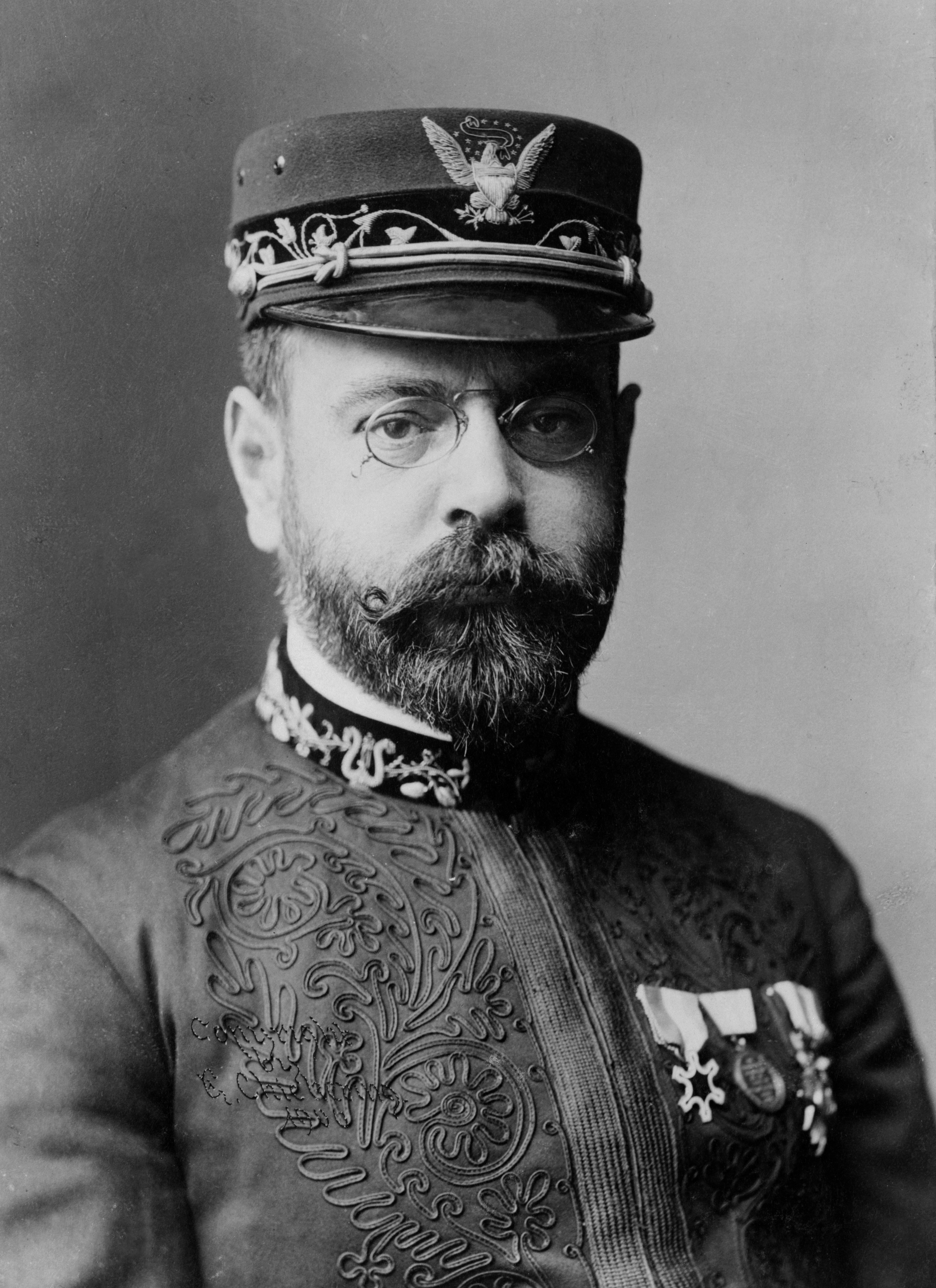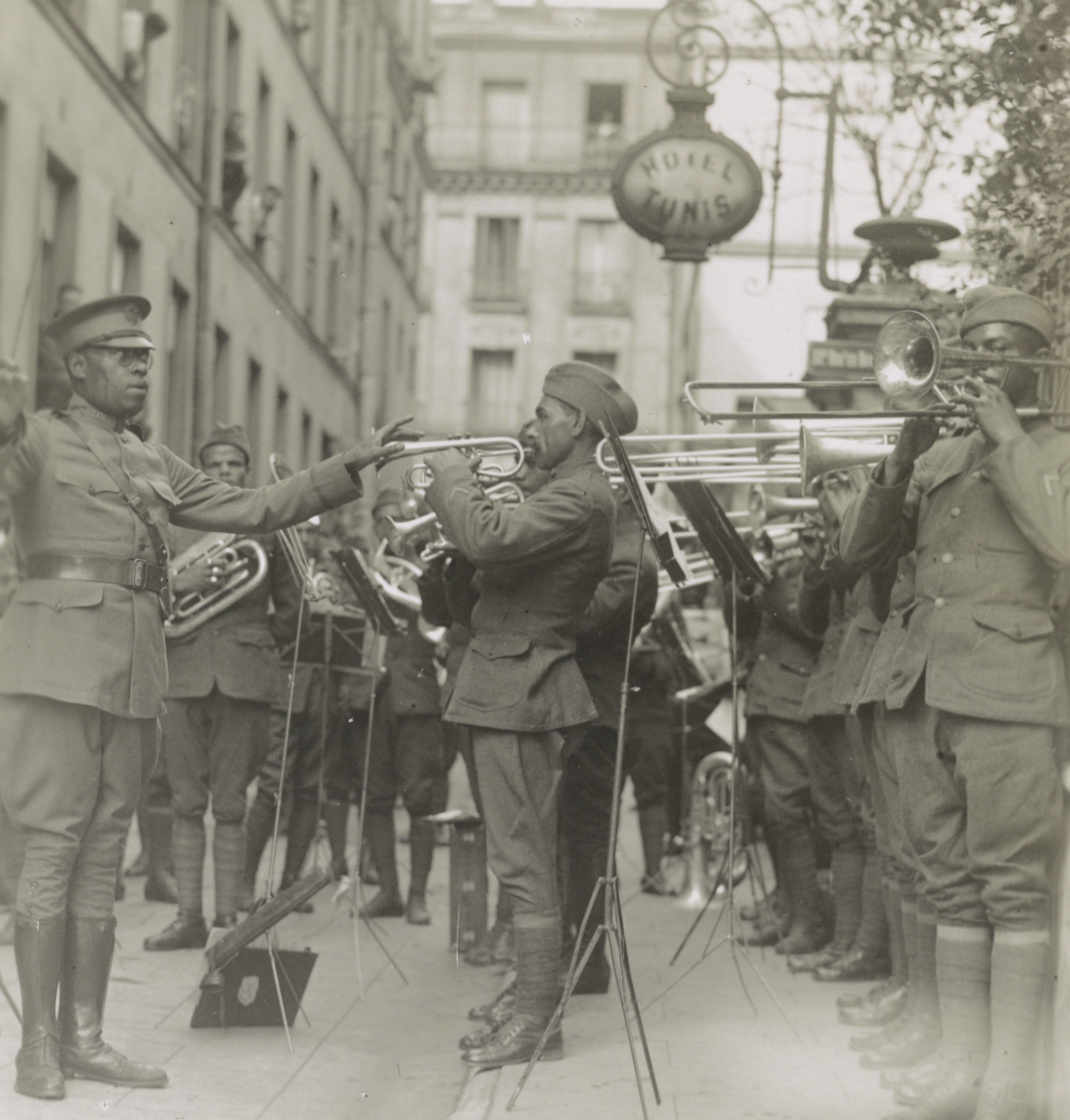Band is a group of musicians who play mainly brass, wind, and percussion instruments. Bands differ from orchestras, which include a section of stringed instruments.

Groups of musicians playing percussion and wind instruments date back to earliest times. These groups usually performed during festivals and religious ceremonies. Bands became established as distinct musical organizations during the 1800’s. The development of bands at that time was largely aided by technical improvements in musical instruments, such as the invention of valves for brass instruments.
Today, there are many types of bands. They play a wide range of music and perform on a variety of occasions. The most popular kinds of bands include military bands, marching bands, concert bands, wind ensembles, jazz bands, and dance bands.
Military bands,
the first type of band, originated in the 1700’s. The earliest military bands were established during the reigns of two European kings, Louis XIV of France and Frederick the Great of Prussia. During the late 1700’s, the rulers of Great Britain (now the United Kingdom) and other European nations also began to sponsor military bands. These bands led troops in marching and helped promote a patriotic spirit for both soldiers and civilians.

In the mid-1800’s, European military bands began to present concerts for civilians. British bands served as the basis for the military and concert bands that later were organized in the United States. Today, all branches of the U.S. armed forces have bands that perform at military and civilian functions.
Marching bands.
The members of a marching band march while they play, though they also perform while standing. These groups resemble military bands. However, the musicians in marching bands generally wear more colorful uniforms and use faster tempos. Marching bands may also feature drum majors, baton twirlers, flag and rifle corps, and even lines of dancers.
Marching bands often play while performing a precision drill. In the United States, high school and college marching bands are featured at football games. The musicians may arrange themselves into various formations and designs, or into letters or words. The size of a marching band can vary greatly, with the largest having more than 300 members.
Concert bands,
sometimes called symphonic bands, play while seated before an audience. They became popular in the United States after the end of World War I in 1918. A concert band can have from about 50 to more than 100 musicians.
The first American concert bands performed classical orchestral transcriptions. Gradually, a number of major composers began to write band music. They included Gustav Holst of the United Kingdom, Morton Gould of the United States, and the Russian-born Igor Stravinsky. Today, nearly all high schools and colleges in the United States have a concert band. Many cities and towns also support community concert bands, especially in the summer.
Wind ensembles
have the same instrumentation as concert bands, but there are fewer musicians. Wind ensembles generally consist of fewer than 50 members with one musician per part except for the clarinet section, where some doubling of parts can occur. The percussion section plays a key role in wind ensembles.
The earliest wind ensembles were established in the United States during the mid-1900’s. The first influential wind ensemble leader was Frederick Fennell. He directed the Eastman Symphonic Wind Ensemble at the University of Rochester from 1952 to 1962.
The popularity of wind ensembles stimulated a new interest in band music among many composers. They believed the smaller size of wind ensembles offered greater flexibility and freedom. Since the mid-1900’s, almost all significant band music has been written for wind ensembles. Leading composers of wind ensemble music include Krzysztof Penderecki of Poland and Warren Benson, Ingolf Dahl, Walter Hartly, Karel Husa, George Rochberg, and Gunther Schuller of the United States.
Jazz bands
developed primarily from black brass bands of the late 1800’s. Jazz bands include a rhythm section, generally made up of piano, string bass, and drums. These bands have a variety of other instruments, depending on the type and style of jazz being played. For example, most groups that play Dixieland jazz, a lively style associated with New Orleans, consist of trumpet, trombone, clarinet, and a rhythm section. Famous leaders of Dixieland bands have included Louis Armstrong, King Oliver, and Kid Ory.
Loading the player...Dixieland jazz
Large jazz bands may have three to five trumpets, two to four trombones, four or five saxophones, and a rhythm section. Leaders of professional jazz bands have been Count Basie, Duke Ellington, Maynard Ferguson, Benny Goodman, Fletcher Henderson, Woody Herman, and Stan Kenton.
Dance bands
play for dancing rather than for listening. The number and type of instruments in most dance bands resemble those of large jazz bands. Some big jazz bands may play dance music as well as jazz.
Dance bands reached their greatest popularity during the 1930’s and 1940’s. Most of the bands of that era performed in ballrooms and hotels, and many played a rhythmic type of music called swing. Leaders of popular swing bands included Tommy Dorsey, Benny Goodman, Glenn Miller, and Artie Shaw. Other bands played traditional dance music, such as waltzes and other sweet tunes. Among the leaders of popular sweet bands were Sammy Kaye, Wayne King, Guy Lombardo, and Lawrence Welk.
Loading the player...Swing jazz
